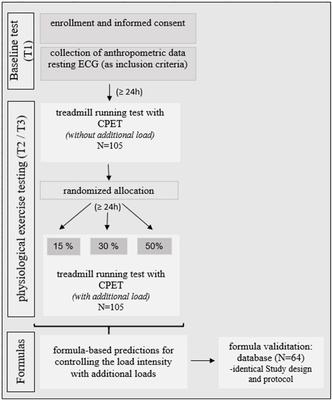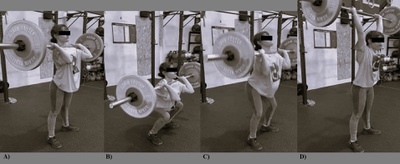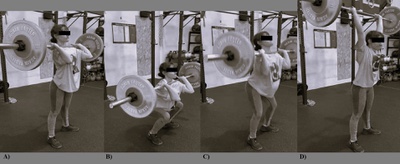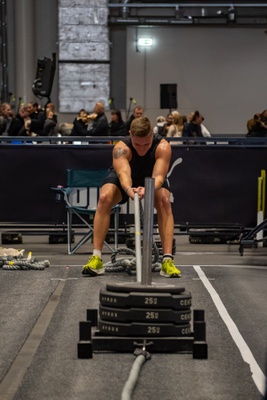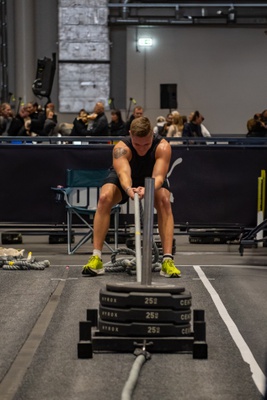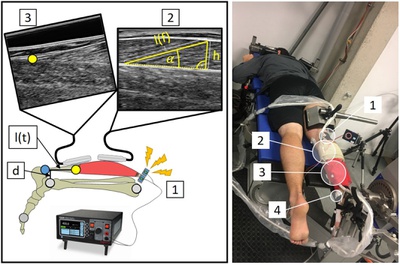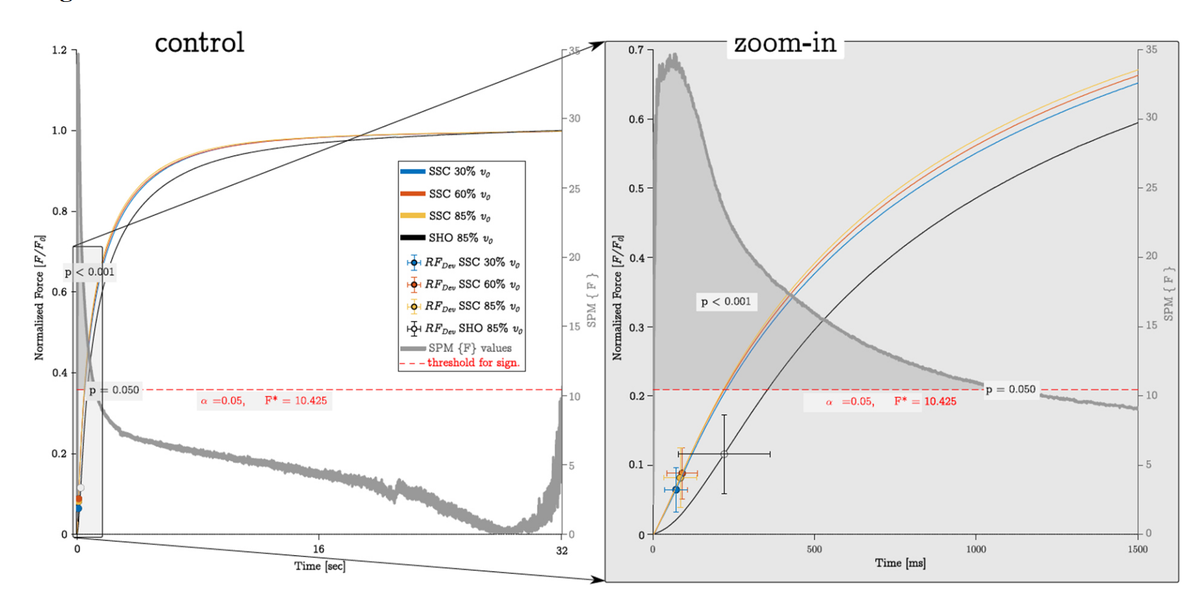
Force Re-development After Shortening Reveals a Role for Titin in Stretch-Shortening Performance Enhancement in Skinned Muscle Fibres.
12 August 2024
Tomalka, A., Weidner, S., Hahn, D., Seiberl, W., & Siebert, T. (2024).
Force re-development after shortening reveals a role for titin in stretch-shortening performance enhancement in skinned muscle fibres.
Journal of Experimental Biology, jeb.247377. https://doi.org/10.1242/jeb.247377
Abstract:
Stretch-shortening cycles (SSCs) involve muscle lengthening (eccentric contractions) instantly followed by shortening (concentric contractions). This combination enhances force, work, and power output compared to pure shortening (SHO), which is known as SSC-effect. Recent evidence indicates both cross-bridge-based (XB) and non-cross-bridge-based (non-XB, e.g., titin) structures contribute to this effect. This study analyzed force re-development following SSCs and SHO to gain further insight into the roles of XB and non-XB structures regarding the SSC-effect.
Experiments were conducted on rat soleus muscle fibres (n=16) with different SSC velocities (30%, 60%, 85% of maximum shortening velocity) and constant stretch-shortening magnitudes (18% of optimum length). The XB inhibitor blebbistatin was used to distinguish between XB and non-XB contributions to force generation.
Results showed SSCs led to significantly greater (1.02±.15 vs. 0.68±.09 [ΔF/Δt]; t(62)=8.61, p<.001, d=2.79) and faster (75 ms vs. 205 [ms]; t(62) = -6.37, p<.001, d=-1.48) force re-development compared to SHO in the control treatment. In the blebbistatin treatment, SSCs still resulted in greater (.11±.03 vs. .06±.01 [ΔF/Δt]; t(62) = 8.00, p<.001, d=2.24) and faster (3010±1631 vs. 7916±3230 [ms]; t(62) = -8.00, p<.001, d=-1.92) force re-development compared to SHO.
These findings deepen our understanding of the SSC-effect, underscoring the involvement of non-XB structures like titin in modulating force production. This modulation likely involves complex mechanosensory coupling from stretch to signal transmission during muscle contraction.
This project was funded by the Deutsche Forschungsgemeinschaft (DFG, German Research Foundation) under Grants SI 841/15-1,2, HA 5977/5-1,2, and SE 2109/2-1,2; project number 354863464.
Professur für Bewegungswissenschaften mit einem Schwerpunkt Digitalisierung
